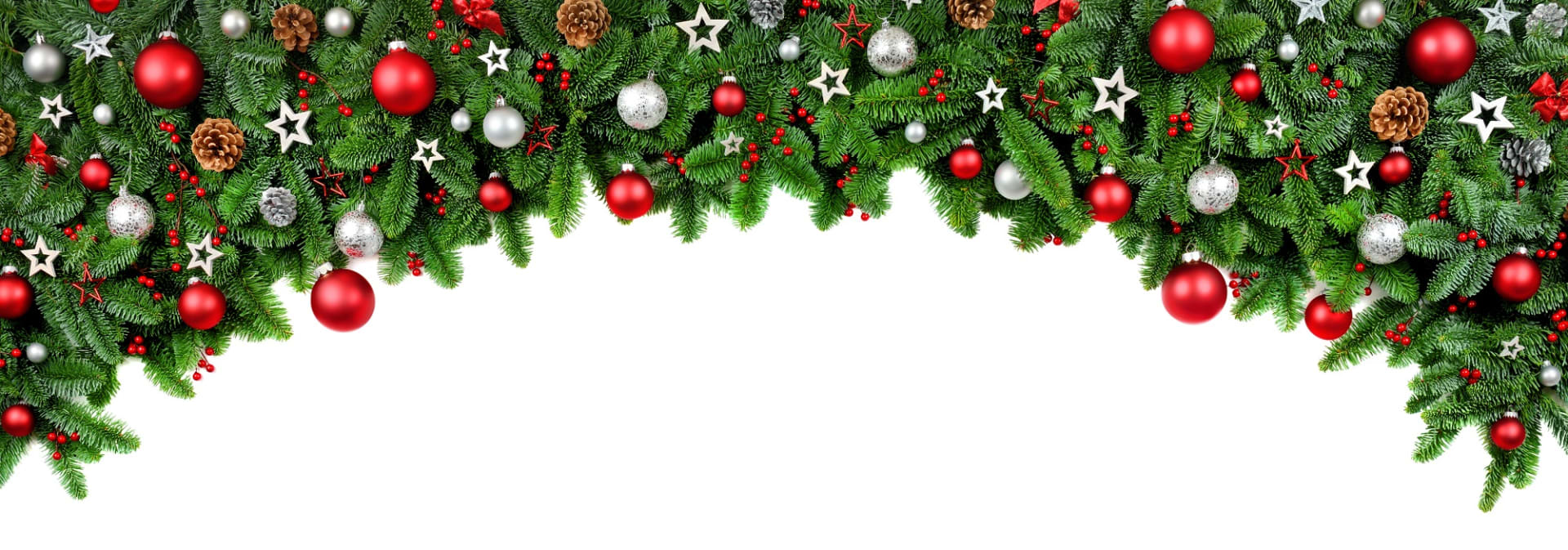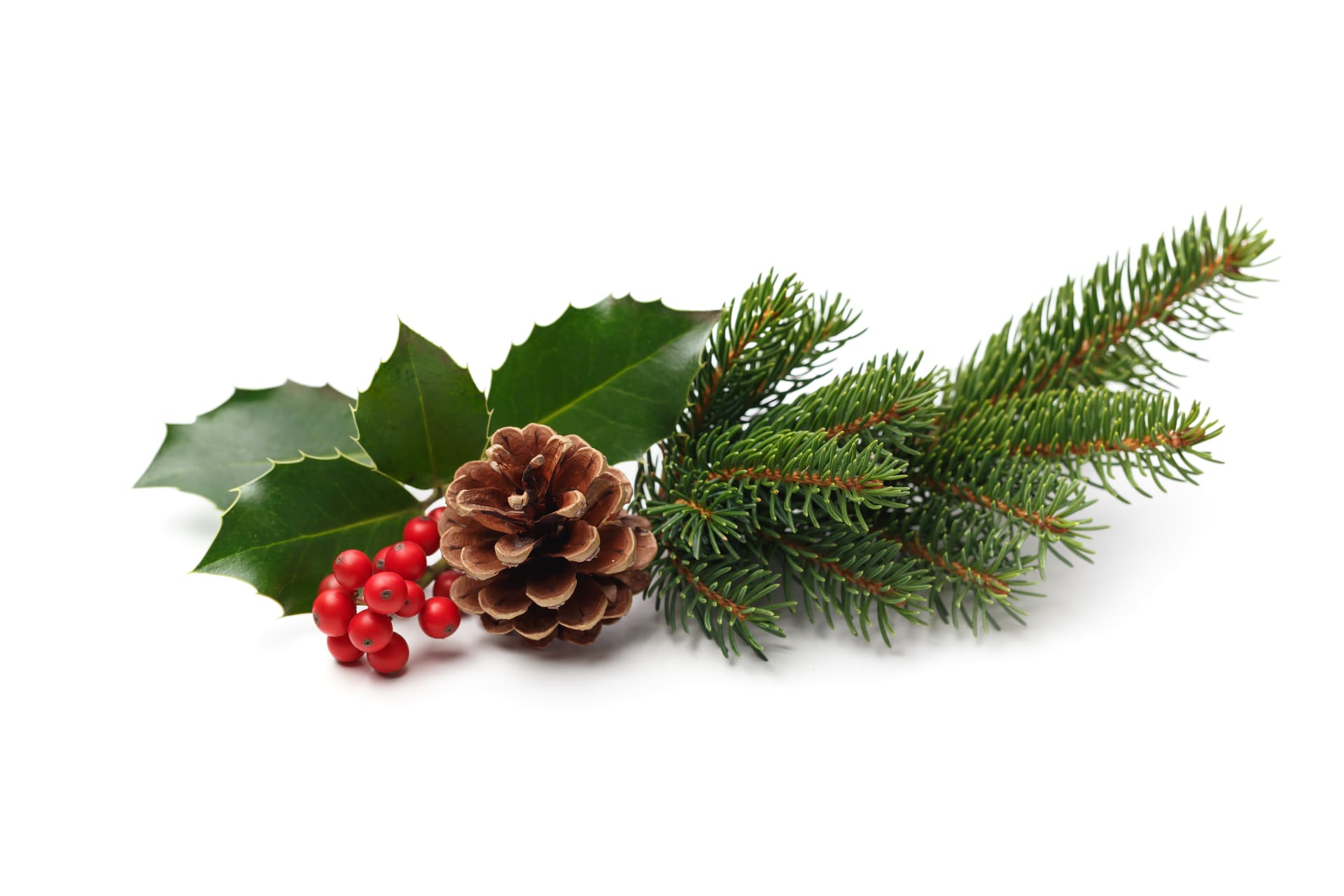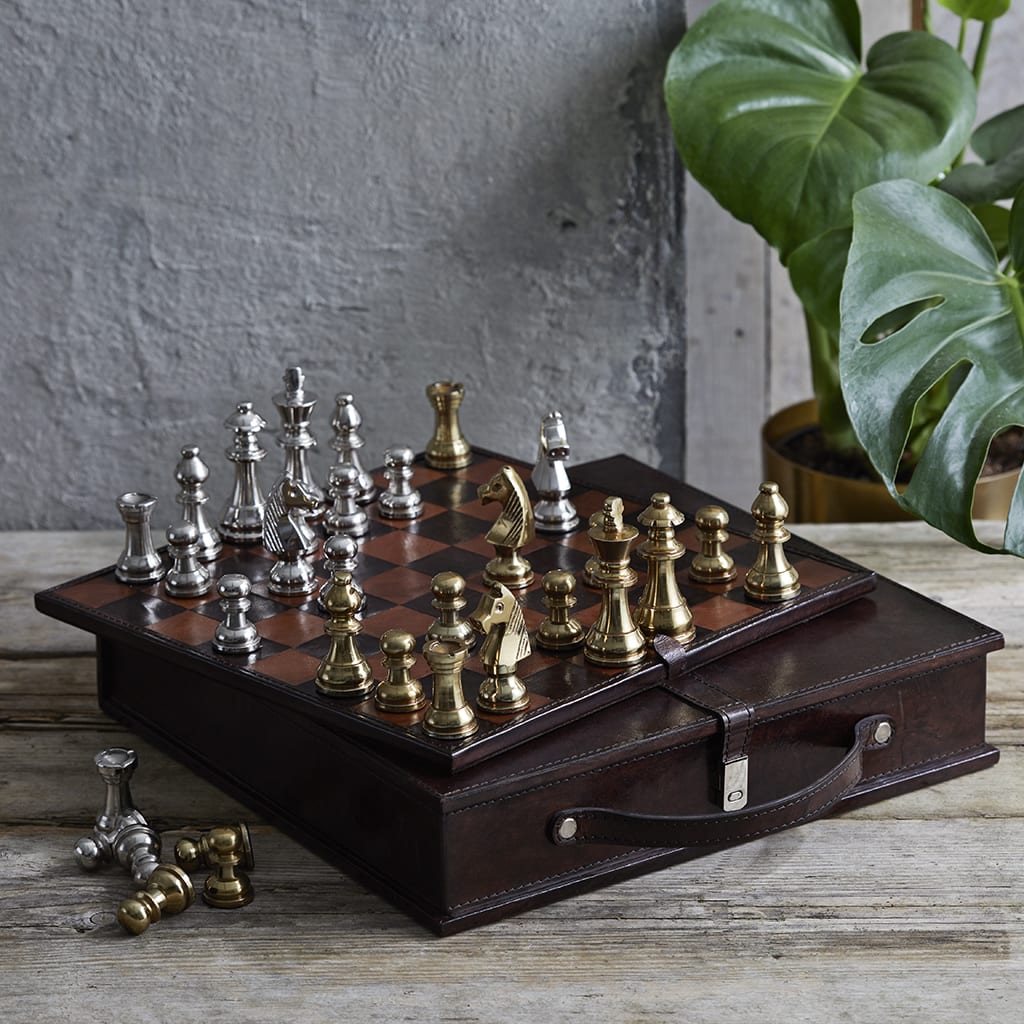Christmas is not Christmas without a beautifully decorated Christmas tree setting the scene and with approximately seven million real trees sold each year, a high proportion of people think the same. So, how do you select the perfect Christmas tree? At OX Magazine we spoke to the British Christmas Tree Growers Association to ask their advice.
The BCTGA estimates that eighty percent of the trees sold in the United Kingdom are the Nordmann Fir which has soft needles, dark green foliage and good needle retention. The next most popular is the Norway Spruce which has a traditional, tidy pyramid shape and the fragrance we have come to associate with Christmas Trees.
Their spokesperson confirmed: “A typical six to seven-foot tree takes between ten and twelve years to grow from initial seed collection to the time it is ready to be felled or up-rooted. We recommend that you look on www.bctga.co.uk website to find registered growers in your own area. All BCTGA members are asked to comply with a code of practice so that British Christmas trees are grown to the best environmental and sustainable practice. Members aim to grow quality Christmas trees that with the appropriate care will survive the duration of the festivities.
We ask people to look for a British grown tree because it is good for the economy, for agriculture and for the environment. Buying British means money is going directly back into the country’s economy and helping provide employment in the agricultural sector. It’s also good for the environment, providing shelter for birds and wildlife while the trees are growing.
A fresh tree will have a healthy green appearance with few browning needles. Needles should be flexible and not fall off if you run a branch through your hand. Raise the tree a few inches off the ground and drop it on the butt end. Very few green needles should drop off the tree, but it is normal for a few inner brown needles to drop off.”
When you get your tree home, don’t just stick it in a pot or on a stand, expecting it to last in a warm centrally heated room. Having brought the tree home, before unwrapping it, cut off half an inch on the stem to open the pores of the tree. Initially it should be put outside in a cool shaded place, standing in water until it is required indoors. When it comes inside, stand it in a water-holding stand, placed away from direct heat and ensure you keep the container topped up with water each day. Christmas trees are thirsty and appreciate a good drink.
By having a real tree as opposed to a plastic tree, which is often imported from abroad, the Carbon Trusts advises you will be reducing a trees carbon footprint as a 2-metre artificial tree has a carbon footprint around ten times more than a real tree when they are burned. Some growers now offer a hire service for a rooted Christmas tree in a pot where provided you have cared for the tree correctly over the Festive period, it can be returned and replanted for a further year’s growth.
The first Christmas tree in England was brought to Windsor Castle by the wife of George III in 1800. It was nearly forty years later however, before Queen Victoria’s consort Prince Albert brought trees to the country at which point, they became popular throughout the UK. Manufactured tree ornaments were first sold in Woolworths in 1880. The tradition of adding lights on Christmas trees goes back to the 16th century when Monk, Martin Luther added candles to his tree to look like stars in a forest, regardless of the fire risk. This is something that is strictly not recommended as it is a dangerous fire hazard and modern-day Christmas tree lights provide a far safer alternative. It is a good idea however, to ensure your tree is positioned away from small children and animals to avoid any chance of it being toppled over.









